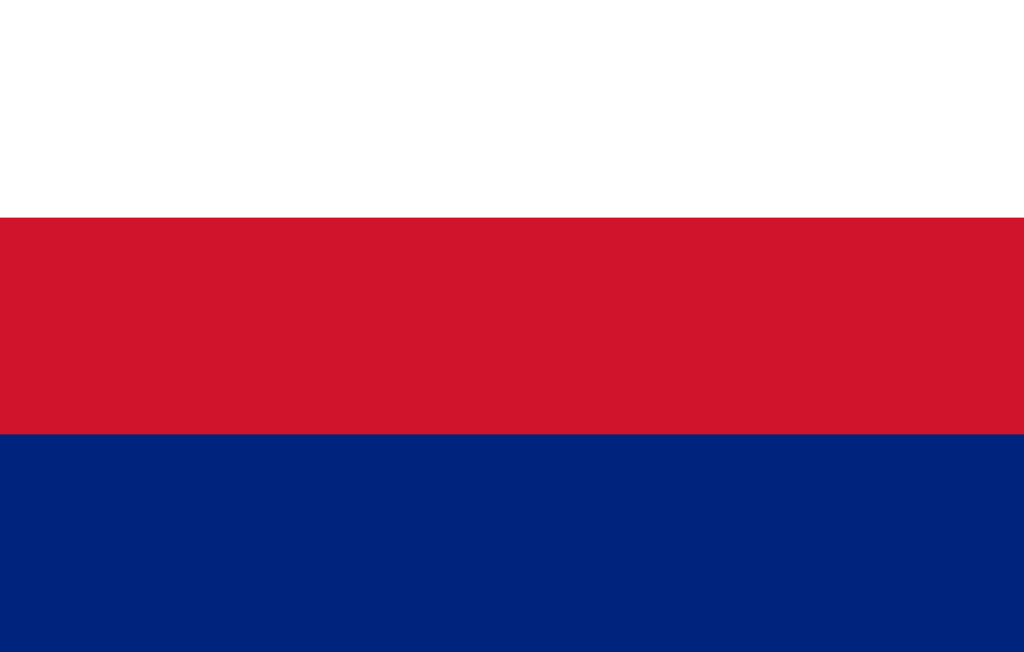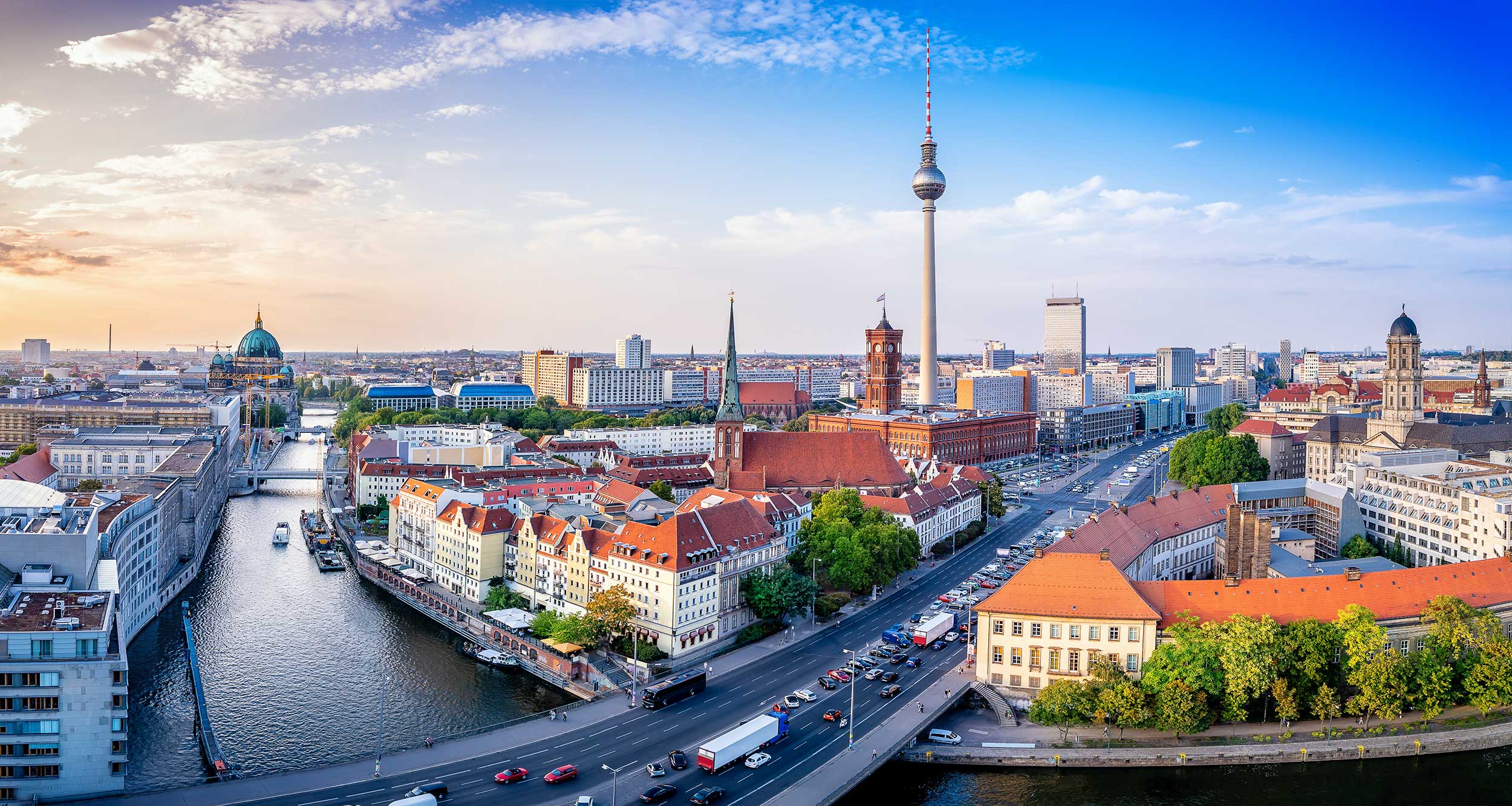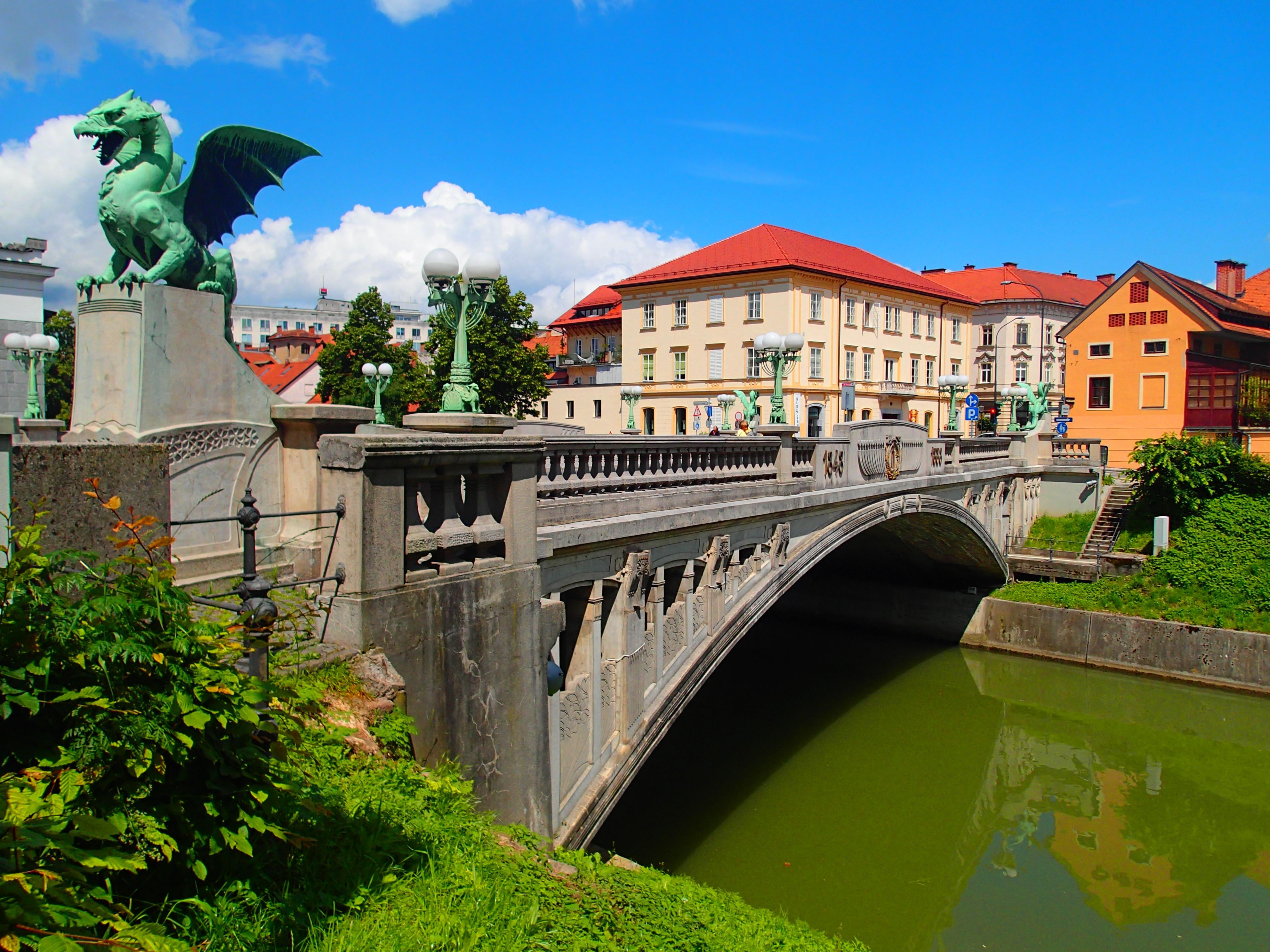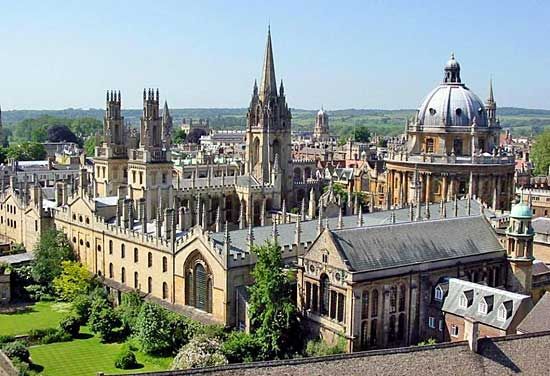CITIES OF ARCANSTOTSKA
Located on the Gusa River,
Siloyev (Slavonic Alphabet: Силоев) is the capital city of Arcanstotska. With a population of 6.27 million people according to the 2020 Annual National Census, Siloyev is the second-largest city in the country behind Ramelensk in terms of population.
HISTORY
Siloyev can trace its roots back to the 4th century CE. Legend tells that three brothers - Pyotr, Aleksandr, and Ivan - sailed up the Gusa from Ramelensk to trade, only to shipwreck. Of the three brothers, only Pyotr survived the wreck. For eight days, Pyotr survived off in the surrounding wilderness until he encountered a golden eagle resting on a tree branch. The golden eagle claimed to have been sent from the dragon goddess Mara. The eagle instructed Pyotr to build a new city here - a city which was to become the capital of a great nation yet to come. The eagle gave Pyotr a vision of this city and this nation, and of how his descendants would rule these lands.
After receiving these instructions and the vision, traders happened upon Pyotr and brought him back to Ramelensk, which was, at the time, the capital of the Tsardom of Kalinia. Pyotr told of his vision and gathered a loyal following over the next few years. As his power grew, the ruling Polov Dynasty became increasingly nervous about this man of minor nobility and his claims. The last Polov Tsar, Vladimir II, sent assassins to kill Pyotr, but Pyotr was able to escape them.
Following this attempt on his life, Pyotr proclaimed that he was willed by the Dragon Gods themselves to rule Kalinia, and he overthrew the Polovs. Pyotr spent the following three years crushing all opposition to his rule before proclaiming himself to be Tsar and establishing the Sevenov Dynasty. Tsar Pyotr I then began construction on his new city which he named “Siloyev,” after one of the dragons slain by Jyths during the Dragon Rebellion in Drykkenist mythos. After eleven years of construction, the city was completed in 367 CE and declared the new capital of Kalinia.
Over the following centuries, the city grew in size and prosperity until Kalinia was conquered by Bergum in the late 12th century. Siloyev then came to be the center of administration for a Kalinia subject to Bergum until 1205 CE, when Kalinia once again asserted its independence and rebelled against Bergum. After achieving victory in 1207, Kalinia broke away from Bergum and established itself once again as an independent Tsardom.
In 1818, during the Wars of the Callisean Republic, the First Arcanstotskan Republic aligned itself with the Grand Republic of Callise against the monarchies of Craviter. After being forced to retreat south following disastrous defeats in Prydania, the Arcanstotskans were forced all the way back to the gates of Siloyev. The city was put under a three-month siege by the Prydanian King, Richard III. During the siege, the Consul of the First Arcanstotskan Republic, Stanislav Stepanovich Vedenin, was killed in battle trying to rally troops in defense of the city against the Prydanians. Following Vedenin’s death, his brother Mikhail was made Consul of the Republic. Mikhail thereafter offered to surrender to Richard III - an offer that the King accepted. Siloyev was left devastated by the siege and it took several years for the city to fully recover.
During the Revolution of 1848, Siloyev once again became a battleground. Though Sergei Kariyev’s revolution against Tsar Alexei III was swift, it left the city in chaos. There was near-total anarchy. After Kariyev and the leadership of the Underground Republic declared the birth of the Second Arcanstotskan Republic on August 15, the Revolutionary Republican Army (the Underground Republic’s paramilitary forces) put Siloyev on lockdown for a full month as they restored order to the streets.
During the Arcanstotskan Civil War (1848 - 1851) which followed the 1848 Revolution, remnant tsarist elements attempted to militarily resist the establishment of the Second Republic. Though the tsarists pushed up to within thirteen kilometers of Siloyev in 1850, their offensive was halted at the Battle of Aleski and their defeat at the Battle of Drakonagorod forced them to retreat back to the Yulia Valley.
In the early 1980s, Siloyev, alongside cities all across Arcanstotska, saw widespread rioting by far-left and far-right political groups following almost a decade of economic decline, incompetent governance, and bureaucratic corruption. There was significant damage to the city during the riots and the Arcanstotskan Army was called in to defend significant national and municipal government buildings. Siloyev has since recovered from the riots.
POLITICS
Siloyev, as Arcanstotska’s capital, is home to many national governmental institutions. The city is home to the National Executive Office (the workplace of the Arcanstotskan Prime Minister and his/her cabinet), the National Assembly (Arcanstotska’s national legislature), and the Presidential Palace (the residence of the Arcanstotskan President and his/her family). In addition to serving as Arcanstotska’s capital, Siloyev also functions as a constituent state of Arcanstotska, with its own seats in the municipal legislature as well as an elected governor.
TOURISM & SIGNIFICANT SITES
Siloyev is home to some of Arcanstotska’s most popular tourist attractions, such as the Most Drakona - or Dragon Bridge - and the Pobednyyevorota - or Victory Gate. The city is also home to a plethora of museums and monuments, such as the Siloyev Museum of the Arts, the National Aerospace Museum, and the National History Museum of Arcanstotska. Additionally, Siloyev is home to the Great Khram of Mara - the largest Drykkenist khram in the world.
Siloyev is home to well-renowned universities such as the Technical Institute of Siloyev, the Siloyev University of the Arts, and the University of Siloyev.
GALLERY
Siloyev skyline
Victory Gate
Dragon Bridge
The Presidential Palace
The National Assembly
The National Executive Office
University of Siloyev







